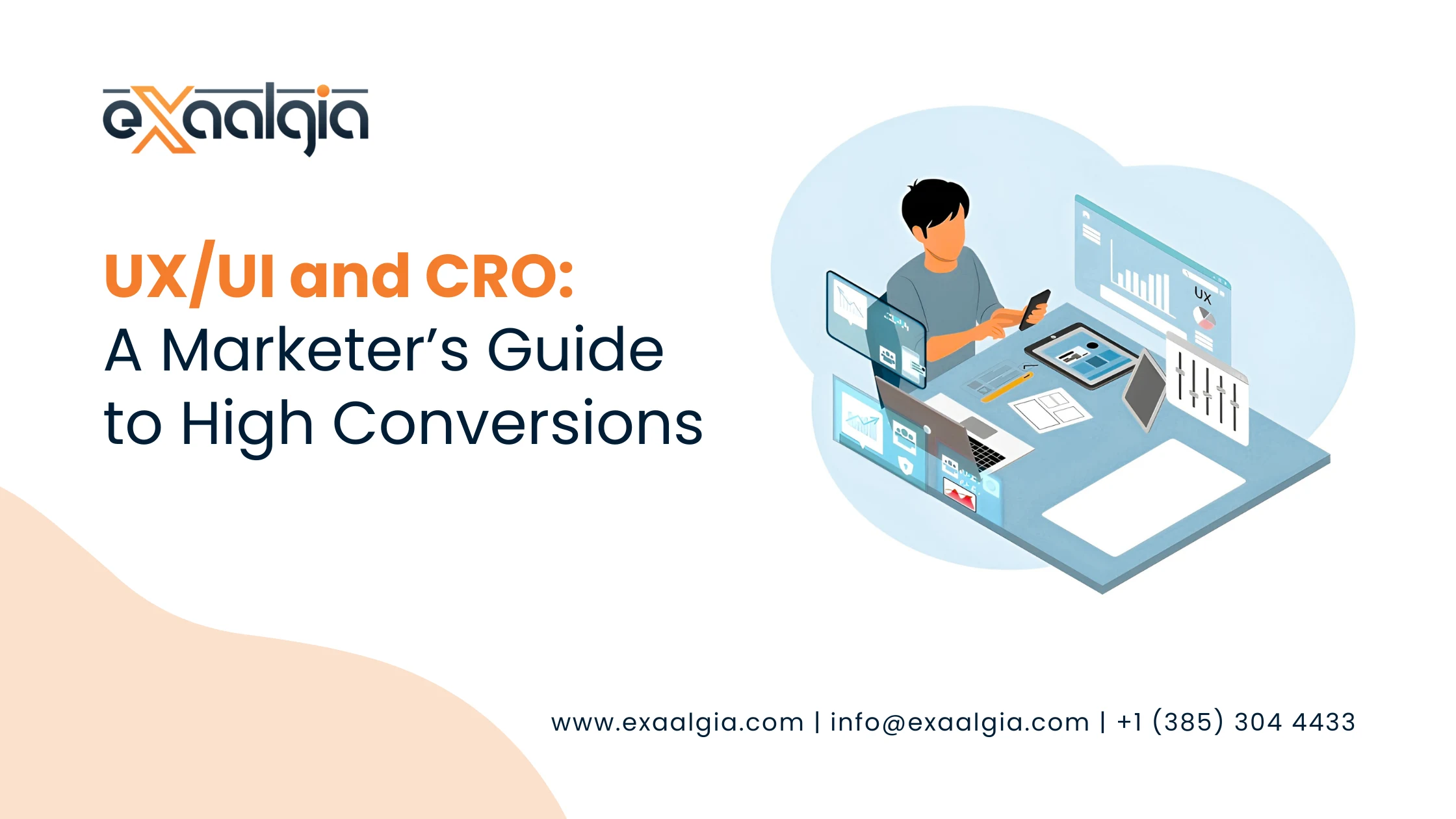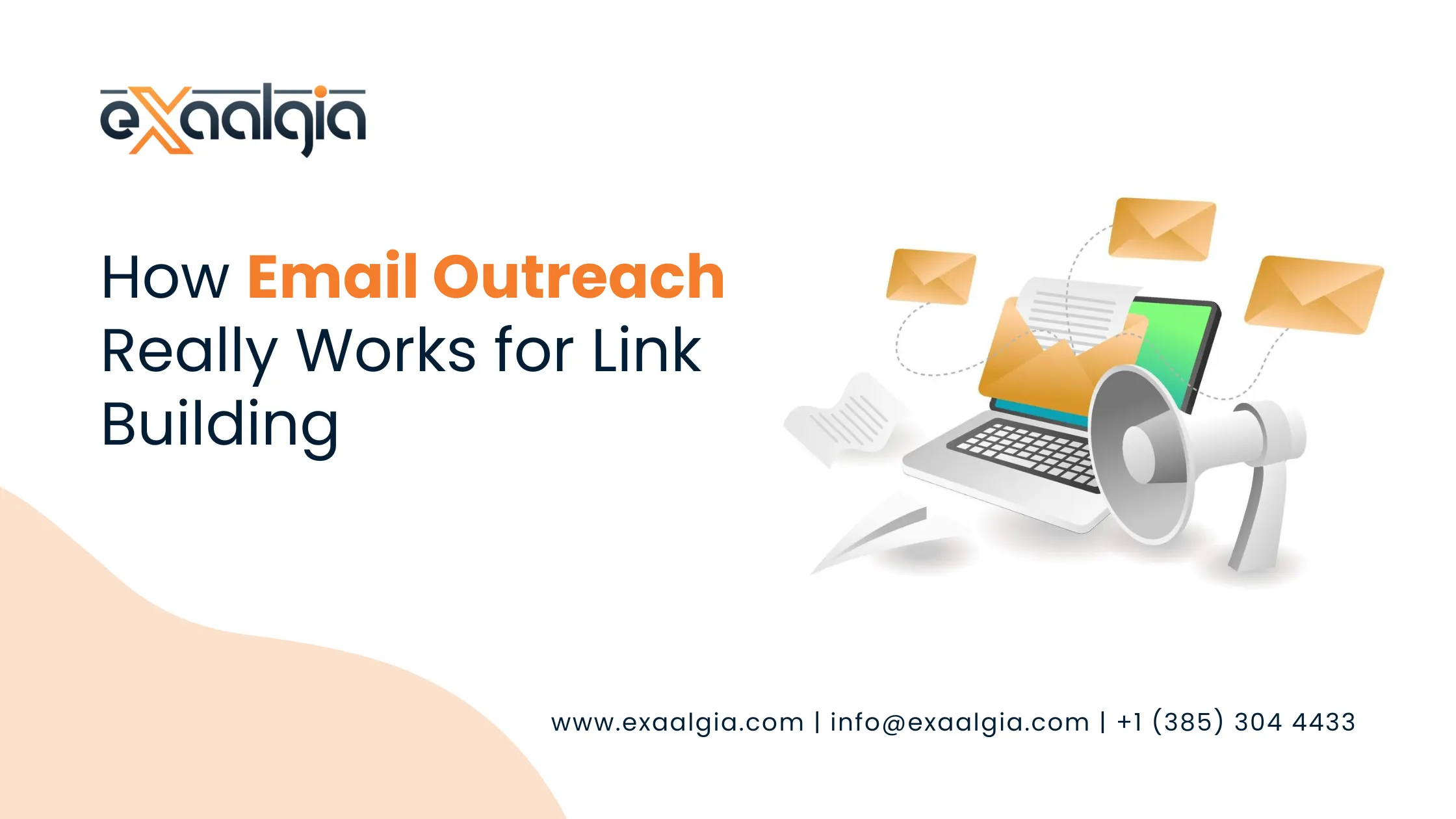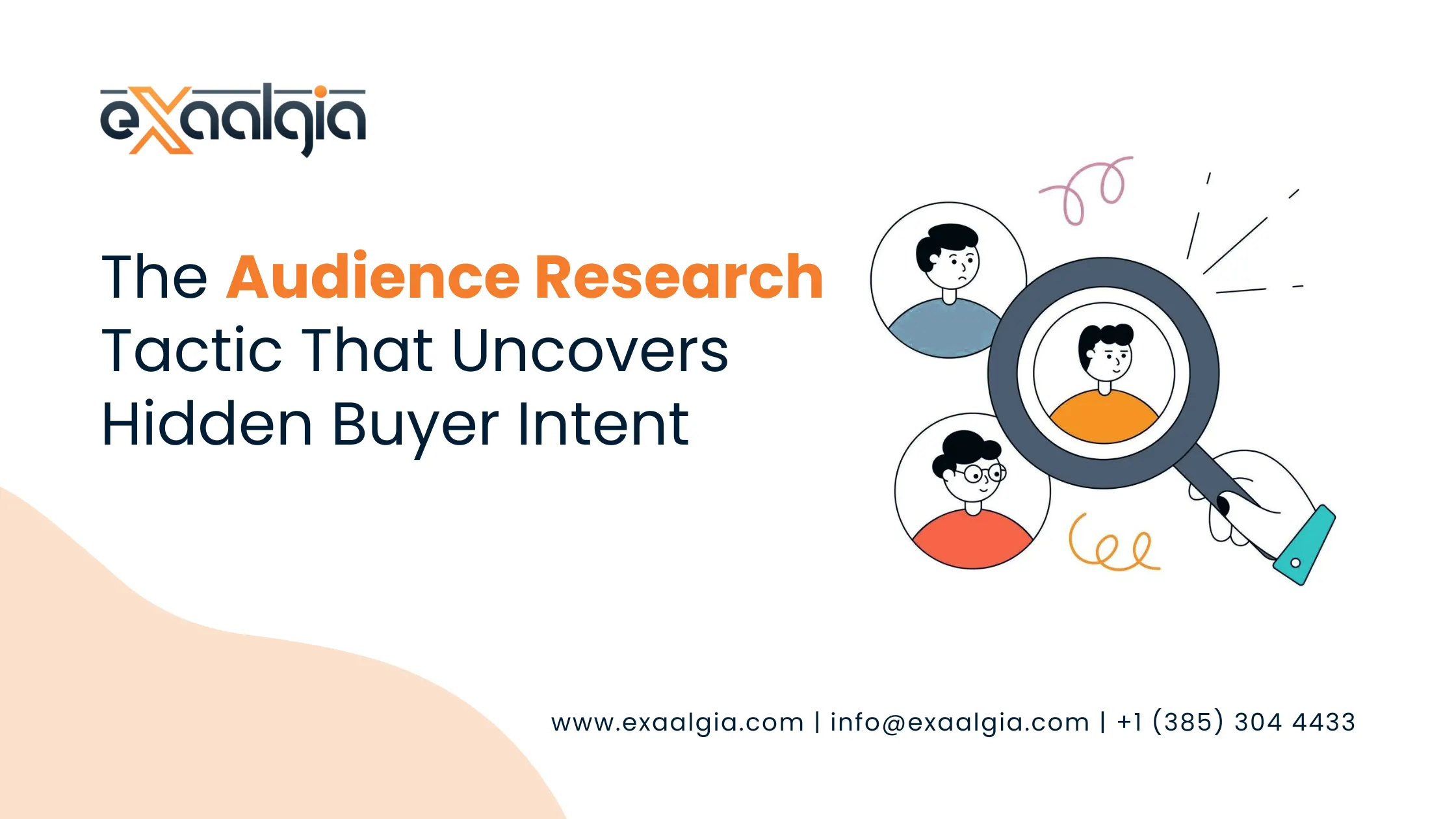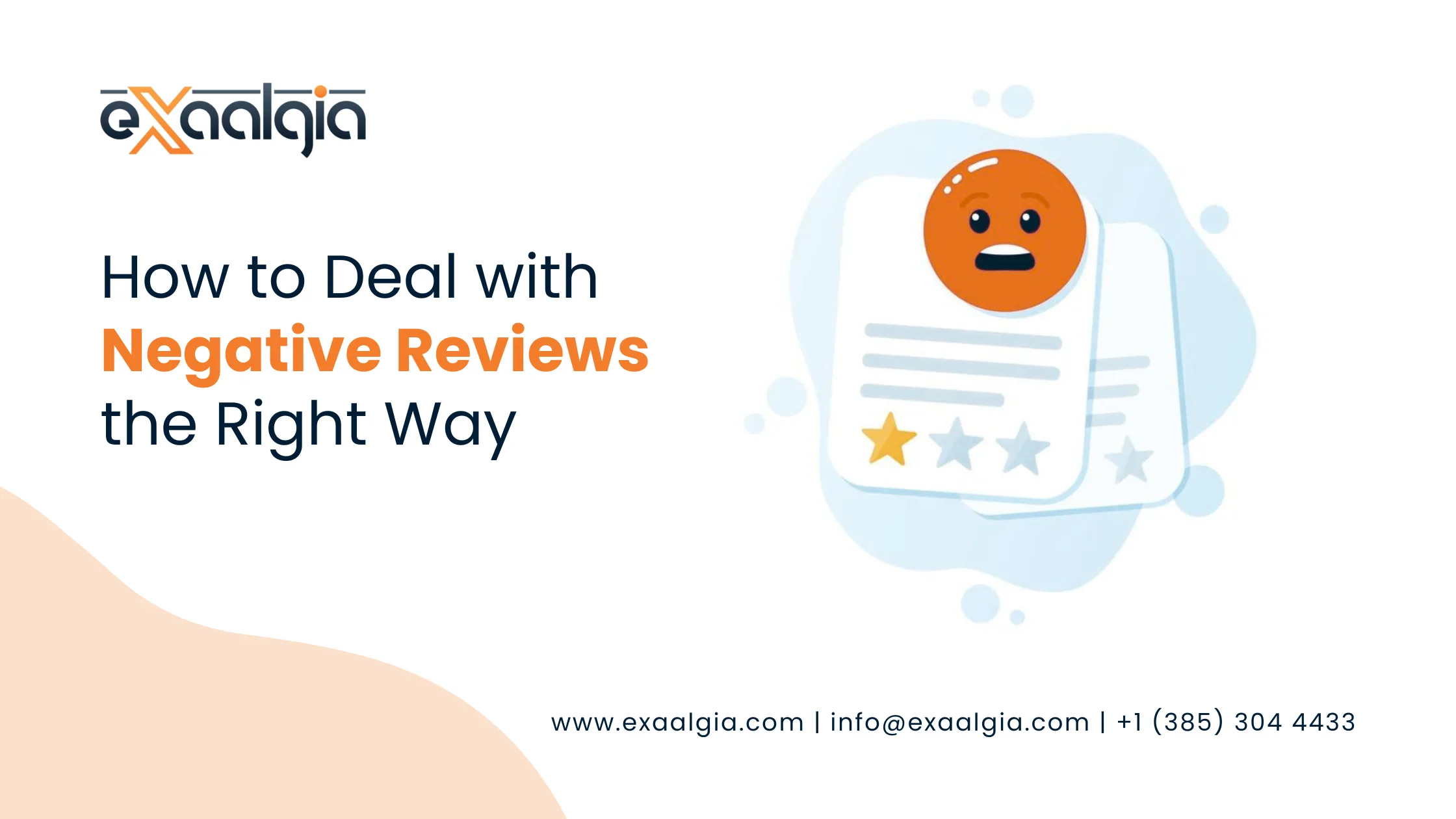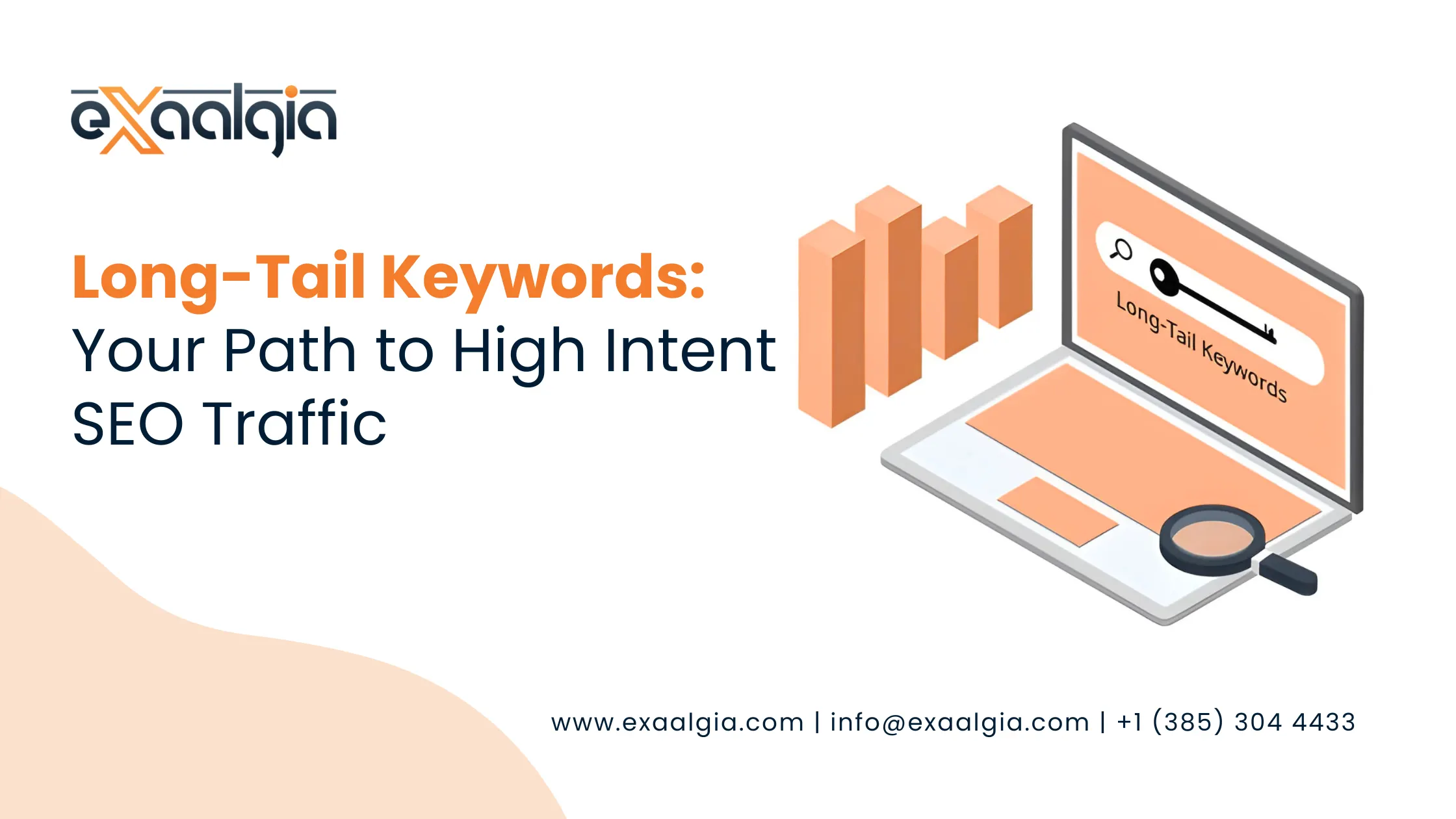First, let us see what CRO, UX, and UI are, and then we will see how their collaboration can lead you to a website that not only draws visitors but also transforms them into repeat customers.
What Makes CRO So Effective
CRO is the technique of optimizing a website so that a larger percentage of its visitors take the desired action, such as filling up a questionnaire, subscripting to a newsletter, downloading a resource, or making a purchase.
You may consider CRO as the art and science of turning clicks into customers.
A website that is well optimized does not just receive traffic, it converts that traffic into results.
How CRO Works
CRO is fundamentally reliant on data analysis, user psychology, and testing. It is all about comprehending the user’s motivators, the barriers to their conversion, and the persuasive elements that can eventually lead to the conversion.
The core elements of CRO are:
A/B Testing: Assessing the performance of two different versions of a webpage against each other.
Heatmaps & Analytics: Observing user’s clicks, scrolls and drop offs.
Clear CTAs: User action prompting buttons and messages.
Reduced Friction: Streamlining of the website navigation and cutting down on distractions.
The main principle of CRO is ongoing enhancement, conducting tests, acquiring knowledge, and fine tuning to increase conversions.
What Is UI/UX Design?
The distinction between UX (User Experience) and UI (User Interface) is that they are often mentioned together however their usage is different.
User Experience (UX) Design
The main concern of UX design is the users’ feelings during their interaction with your website or product. It is a matter of usability, accessibility, and satisfaction. A well thought out UX design should allow users to browse your site easily, intuitively, and confidently.
It helps to ask the following questions:
- Are the users able to locate what they need in a short time?
- Is the whole process smooth and logical?
- Is the experience nice and free of frustrations?
User Interface (UI) Design
UI involves the visual as well as interactive aspects that users come into contact with, buttons, icons, typography, color, and arrangement. It makes sure that the website is not only appealing to the eye but also user-friendly.
If UX is the framework, then UI is the outer layer that makes the whole thing attractive and engaging.
The combination of UX/UI design gives rise to the perfect spot where function meets art, and every interaction is felt as effortless and pleasant.
How UI/UX Design Affects CRO
The connection between UX/UI design and CRO is direct and very strong. The design of your website is not only about its aesthetic values but also about influencing the decision of your visitors at every step.
Poor design can totally ruin your conversions, while a carefully planned design can lead users to the desired action almost imperceptibly.
Let us see how UX/UI design affects CRO among others:
First Impressions Matter
People take an instant judgment of your site in just 0.05 seconds. A sleek and professional user interface immediately earns trust and makes it possible for the users to stay, this is already the first step to conversion.
Ease of Navigation
A difficult to understand layout will annoy users. With clear menus, logical page structures, and easy navigation, the user experience gets better and the chances of the users getting engaged for the purpose of conversion become higher.
Emotional Design
The combination of colors, images, and typography gets the users’ feelings going, and this in turn influences their behavior. For example, blue is associated with trust while red creates a sense of urgency, these are the two psychological tricks that are very important for CRO.
Consistency Builds Trust
Uniform design across different pages strengthens company reputation. Users who have confidence in your website are more inclined to act.
Frictionless Forms and Checkouts
Making forms less complicated and shortening the checkout procedure will lead to less abandonment rates, hence directly increasing conversions.
Responsive and Fast Design
Mobile users are leading when it comes to internet usage, thus it is very important that the website uses responsive design and that the pages load quickly. A one-second lag can result in a conversion drop of as much as 7%.
In conclusion, a nice UX/UI design does not just make the site pretty, it also increases the profitability of the site.
Why Psychology Matters in Landing Page Optimization
Psychology is the main factor behind the success of every landing page that gets converted at a high rate.
People do not rely only on reason when choosing a product or service over the Internet, they go through a process of emotional, subconscious decision making that is heavily influenced by design and messaging.
Let’s take a look at the primary psychological factors that lead to conversion:
1. The Clarity Principle
The users should not have to think much.
Your message, visuals, and CTA should immediately provide the answers to:
What’s going on here? How does it help me? What’s my next step?
A clear title along with a strong call to action can either make or break conversions.
2. The Visual Hierarchy Rule
Our eyes are drawn to certain patterns.
To direct the users to the CTA, employ the use of colors that are opposite in intensity, headlines that are bold, and white space. A visual flow that is easy will lead to more conversion.
3. Social Proof
People are influenced by others. The inclusion of testimonials, case studies, or trust badges gives the users a signal that others have gained from the services, thereby lowering their reluctance.
4. Scarcity and Urgency
Time limited offers and countdowns instill FOMO (Fear of Missing Out) in users. When the customers detect a high demand with low supply, they tend to take quicker actions.
5. Cognitive Ease
Simplicity results in trust. Designs that are over the top drive users away. Your layout should be of minimalistic approach with the content being easy to understand.
6. Emotional Connection
Feeling is what leads to action. Make the most of it through visuals that connect, telling the story and human-centered writing styles that reach your target audience.
Where typography meets design, landing pages evolve from mere digital canvases to conversion seeking interfaces.
Simple but Smart Landing Page Tips for Higher Conversion Rates
We have now come to a point where those landing pages will be equipped with the conversion machine type of practical tricks.
1. Craft a Powerful Headline
Your headline is the user’s first encounter. Built around, and appealing to, emotions it should be clear and driven by benefits. Trust, and ultimately the customer’s gain, must be instantly communicated to the visitors.
2. Focus on One Clear Goal
It doesn’t matter if it is to download, buy, or sign up, one conversion goal should be assigned to each landing page. The presence of multiple CTAs leads to confusion.
3. Design Above the Fold Wisely
Be sure to have your most important elements, headline, offer, CTA, up front and center, no scrolling involved. The customers should quickly get your value proposition.
4. Use High-Quality Visuals
Pictures or videos are the fastest ways to get an understanding of something that is complex. Go for visuals that express feelings and are in line with your message.
5. Simplify Forms
Don’t ask for more than the basic info. The shorter the form is, the higher is the rate of completion.
6. Write Action Oriented CTAs
Your CTA must explain to users what they are supposed to do and why they offer the following examples.
“Get My Free Quote”
“Start My 7 Day Trial”
“Download the Guide Now”
7. Add Trust Elements
People’s views of the products and services, their clients, customer ratings, and even price back guarantees can be found here. Trustworthiness and a decrease in indecisiveness are the benefits brought by this practice.
8. Optimize for Mobile
Smartphone usage accounts for more than 60% of the total number of users. If you opt for responsive design, the excellent visual appearance and smooth functioning of your page will be guaranteed across all devices.
9. Speed Up Page Load Time
A delay that lasts only one second can lead to a huge drop in the number of converting customers. To achieve speed of page load time, use compressed images and lightweight code.
10. A/B Test Everything
Put to the test headlines, the colors of buttons, layouts, and CTAs. You would be surprised that even small alterations can make a huge difference in conversion rates.
Do You Require Assistance with Your High-Converting Website?
Making a site dazzling and conversion oriented at the same time is really a mixture of art and science.
At Exaalgia, we are experts in designing user experiences through the application of CRO (Conversion Rate Optimization) strategies that can change the profile of the visitors into buyers.
The team uses psychological factors in consumer actions and creates websites that are not only aesthetically pleasing but also deliver quantifiable results.
In case you require any of the following services:
- A complete revamp of the website
- Landing page optimization
- Or a continuous CRO campaign
We are the right choice for increasing the interaction, conversions, and earnings stemming from your website.
FAQs on UX/UI Design and CRO
1. What does UX differ the most from UI?
While UX primarily deals with users’ interactions and feelings regarding your site, UI is concerned with the aesthetic and interactive parts such as buttons, colors, and layouts.
2. What is the relationship between UX/UI effects and CRO?
A flawless UX and a visually attractive UI lead to users’ trust, less obstacles, and a higher probability of completing the desired actions, which is a direct rise in conversions.
3. How frequently should I change the design of my landing page?
Conduct a review of your landing pages every 3 – 6 months. Do the design and content updates based on analytics, performance data, and the changing user behavior.
4. What CRO metrics are the most significant?
The most important metrics for CRO are conversion rate, bounce rate, click through rate (CTR), average session duration, and form completion rate.
5. Are very small design changes that can affect conversions really so?
Definitely! Even a few changes, for instance, changing the button color or rephrasing a CTA, may lead to a big increase in engagement and conversions, provided there is user data to support the latter.
The Bottom Line
A website that is able to convert isn’t only about the cutting edge design or the smartly written text. It’s all about knowing the users, leading them with intuitive UX/UI, and getting them with conversion psychology.
With UX/UI and CRO collaboration, your website will no longer be merely a digital area, it will turn into a conversion machine that empowers growth and triumph.

